The privilege of free, unlimited printing for students is under fire from the administration.
Information Technology Services (ITS) will install “print release stations” over winter break in what could be a step toward charging students for printing.
Every week, 500 sheets of paper are left in the printers of Burling Library alone, just three of the approximately 45 printers for student use on campus. This waste may be equated to Grinnellians killing 120 trees, releasing 300 pounds of air pollution, wasting 35,000 gallons of water, burning up 20,500 kWh of electricity and contributing to 400 cubic feet of landfill every year.
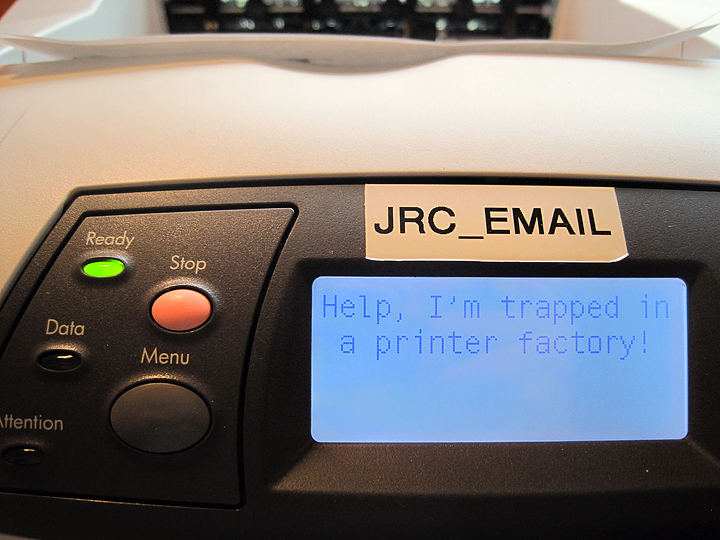
According to Director of ITS Bill Francis, the only change in printing on Grinnell Campus this year will consist of a print release system. Stations will be put in place over winter break near each printer. Students will be asked one extra time if they wish to execute a print job once they are near the printer.
Students will not be charged for printing this year.
“Right now the ITS feels that there will be a 50/50 chance that pay-for-printing will be introduced in the near future,” Francis said.
SGA Senator Alex White ’12 is in favor of increasing efficiency, but he is afraid that actions taken to reduce waste could lead to problematic restrictions and fees.
“I think it’s a great thing [to cut back on printing], we’re wasting reams and reams of paper,” White said. “But the ITS could start charging us at any time and if there’s a quota, who knows what it’ll be.”
Francis hopes that this system will reduce the overall printing on campus by one third by the end of spring semester. It is also intended as a mechanism to gauge current printing trends. If the administration feels that the student response to these changes is inadequate, serious consideration will be given to introducing quotas and pay-for-printing.
“If the pop-up window system we will install over winter break leads to a 1/3 decrease there will no be a pay-for-system in the future,” Francis said. “If the system does not lead to about a 30% decrease, a pay-for-printing system will be reconsidered.”
If the goal is not met, a sub-committee consisting of both faculty and students would be formed. The committee would coordinate course printing requirements and hypothetical quotas. Francis explains that the idea is to cut down on excessive printing, not to infringe on students’ academic needs.
“We know [students] have course requirements. That’s not the idea. The idea is to cut down on wastage. So many students just leave paper at the printer.”
In an email sent to the S&B, Bill Francis explained that many small, liberal-arts schools across the country charge students for printing with overall positive results. Gustavus Adolphus College, a school of 2,600 students in St. Peter, MN installed a pay-for-printing system with a 600 page per year quota where students were charged five cents for each additional side. Gustavus Adolphus saved 774,235 pages per year—a 55% reduction.
ITS did not comment on what their long term idea of a paid system would encompass, but they said that they may model the new program around a similar structure.
Francis, reiterated that he wants to give students a chance to reduce their usage before taking drastic measures.
“We want to see what the changes are in the total amount of printing after the installation of a print release program,” Francis said. We’re going to give a voluntary system a shot before implementing pay-for-printing.”


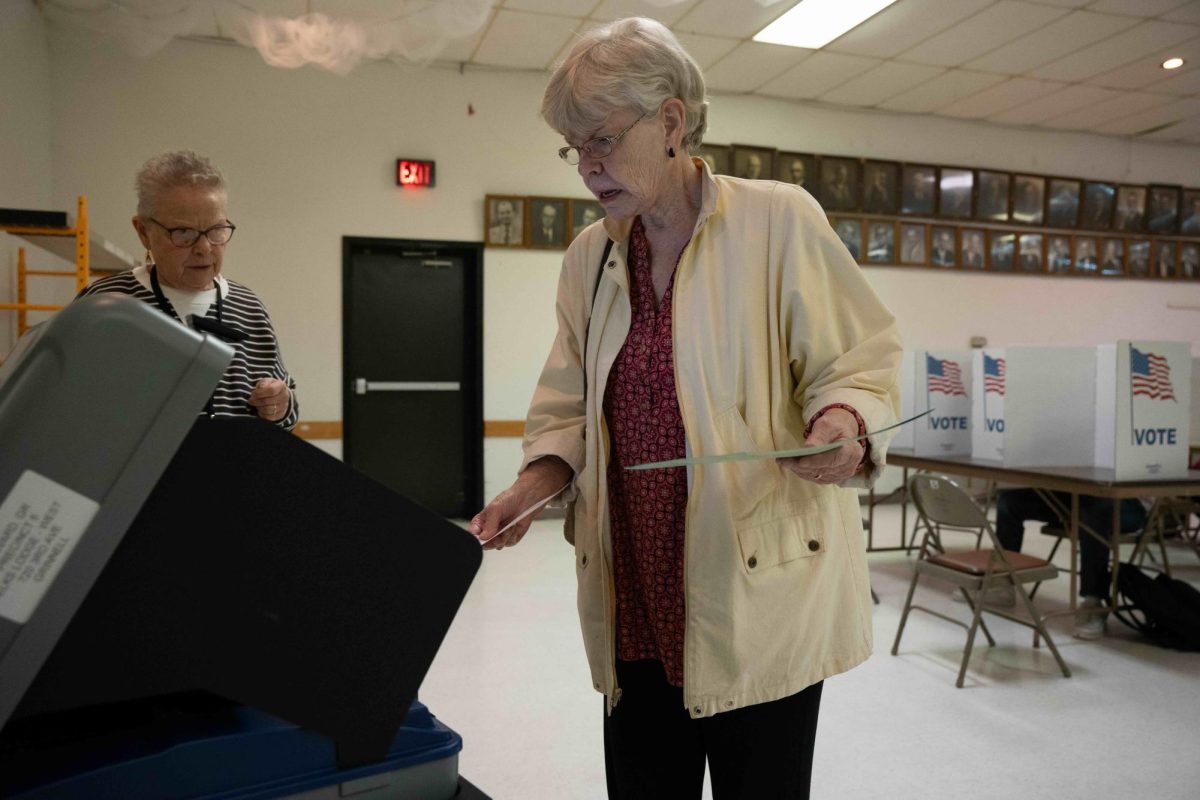



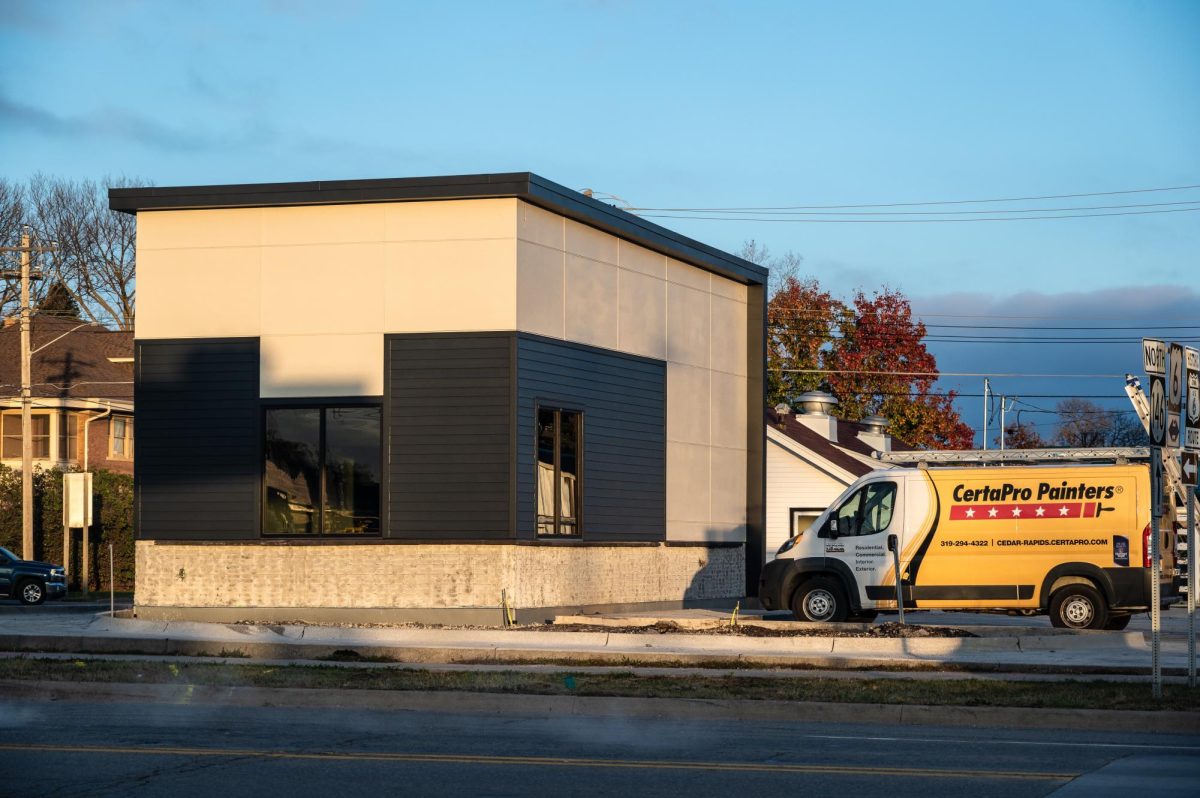

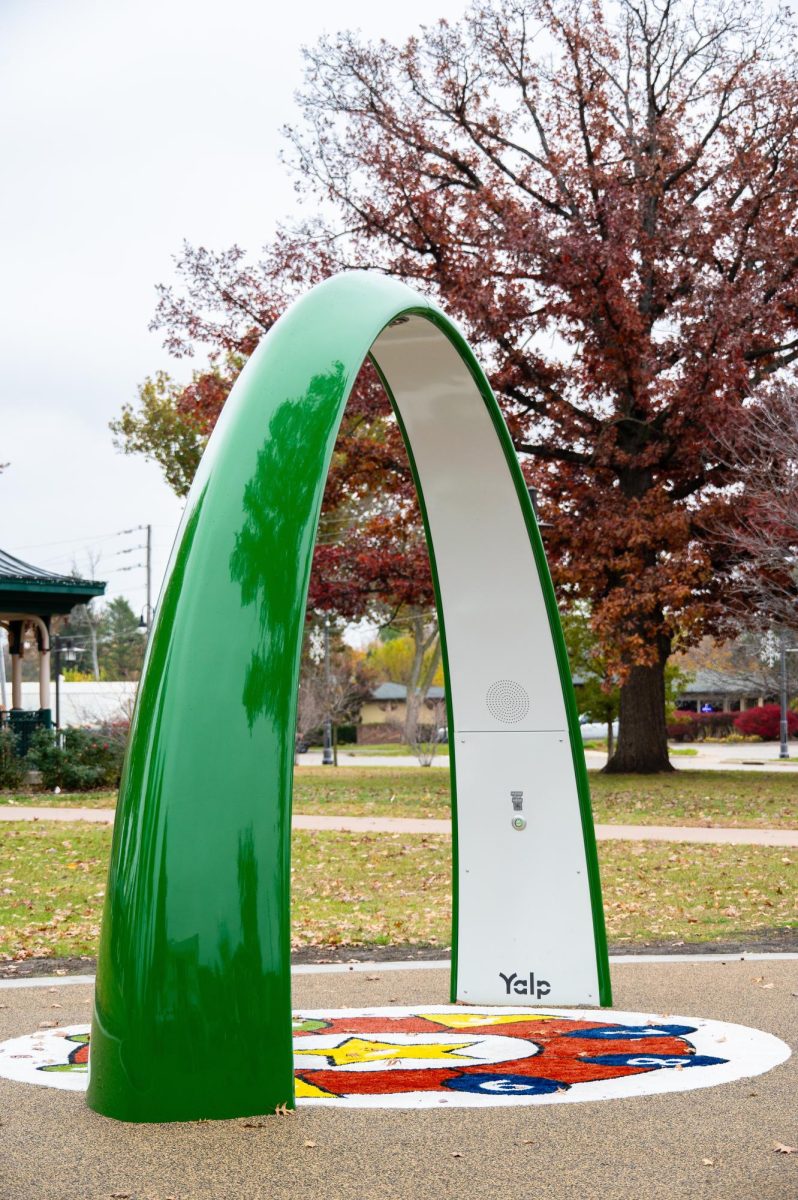

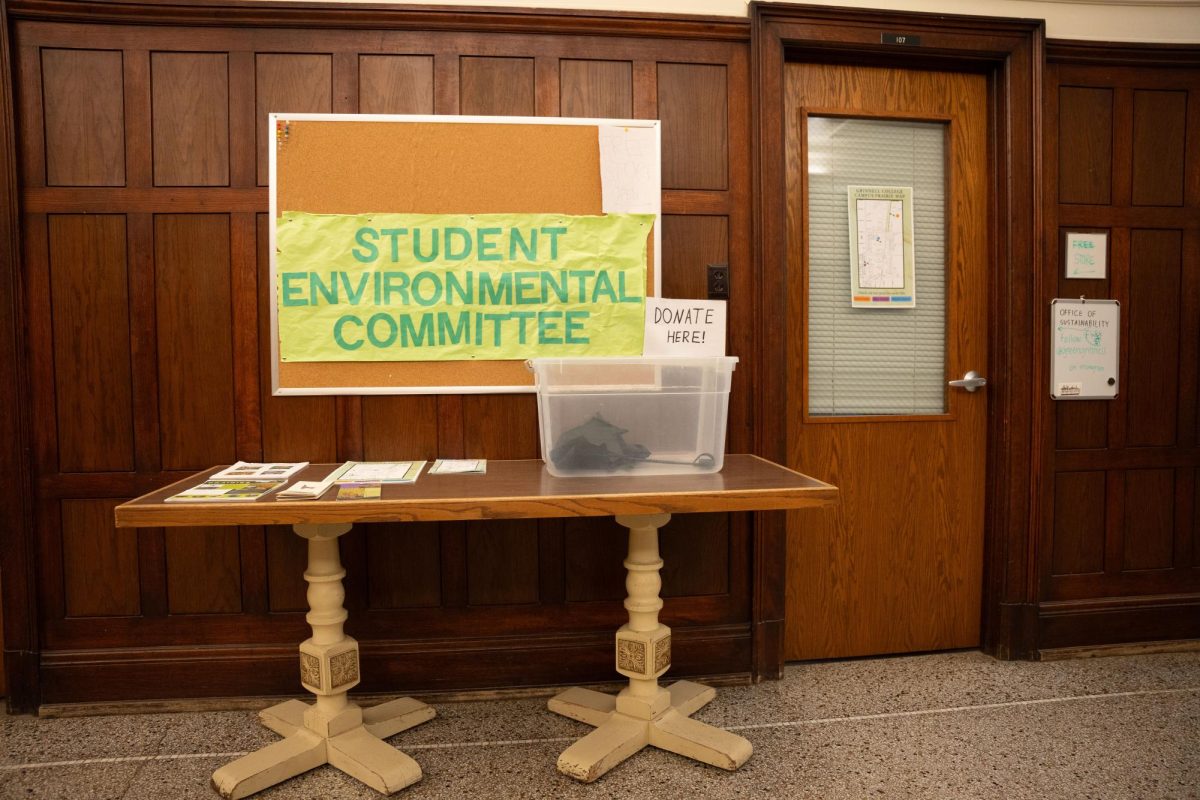



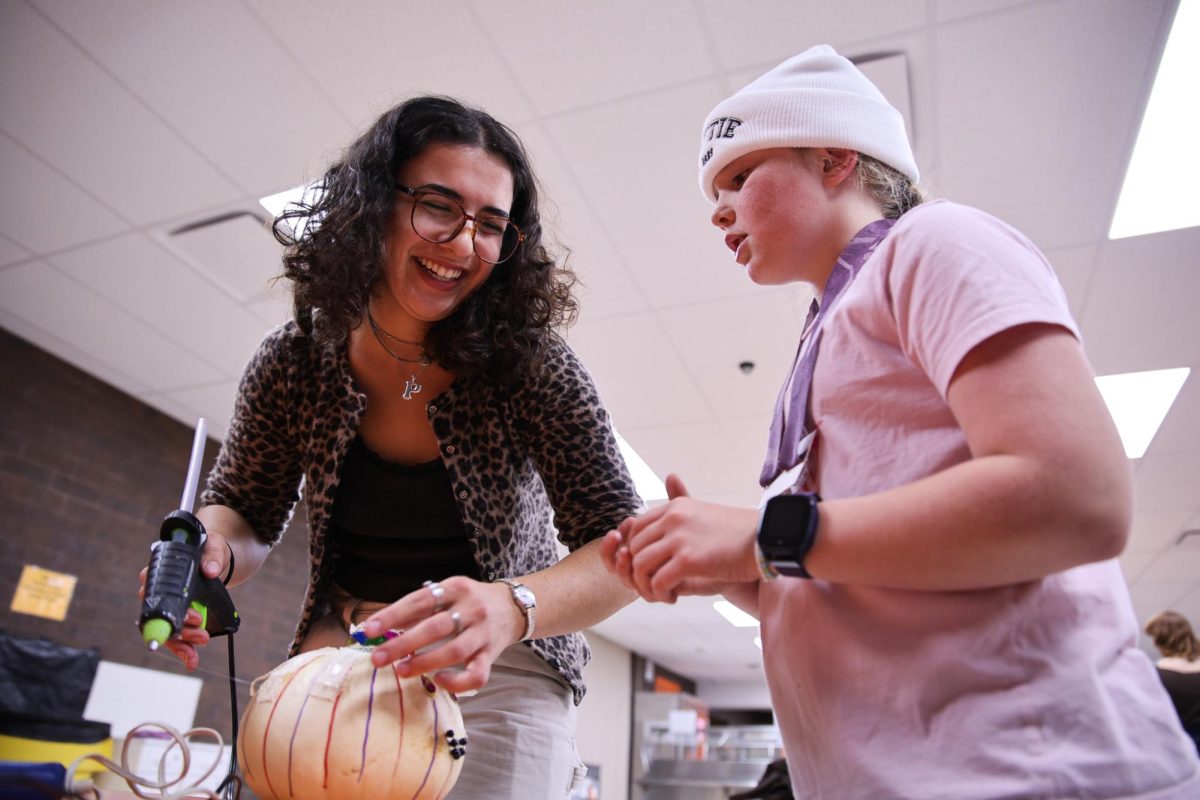



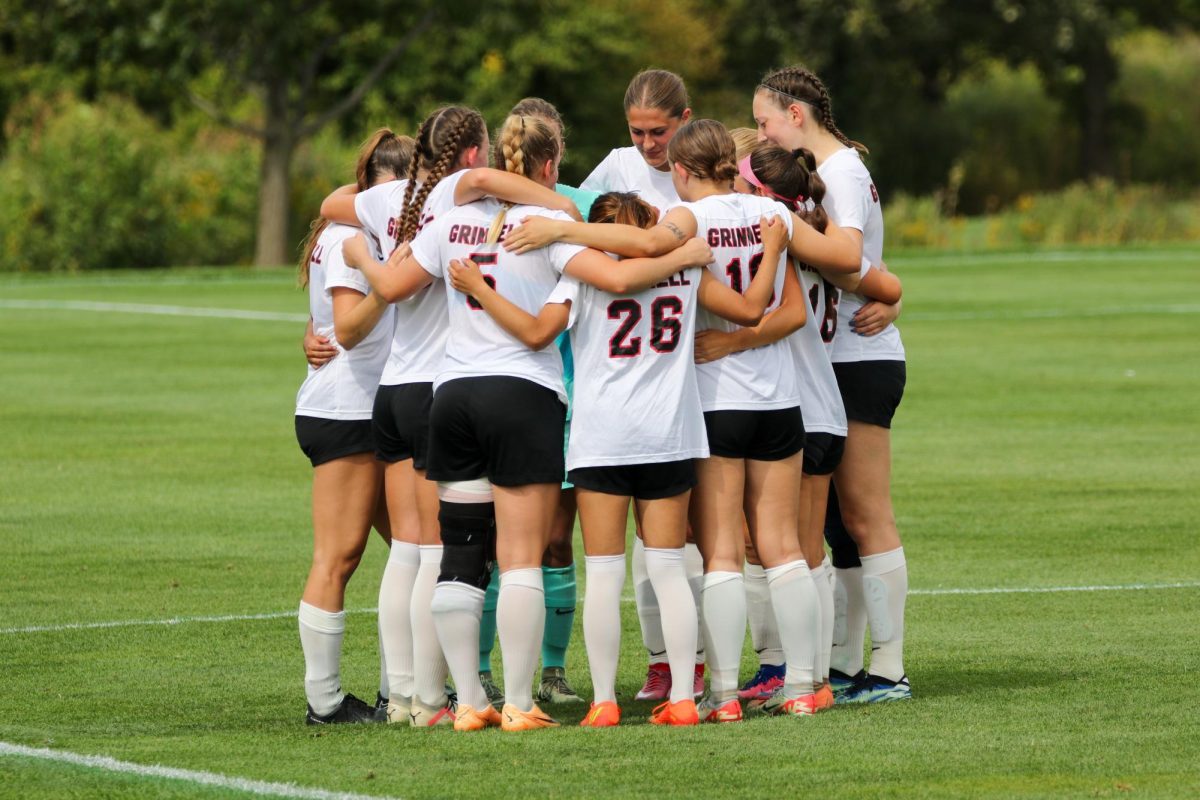
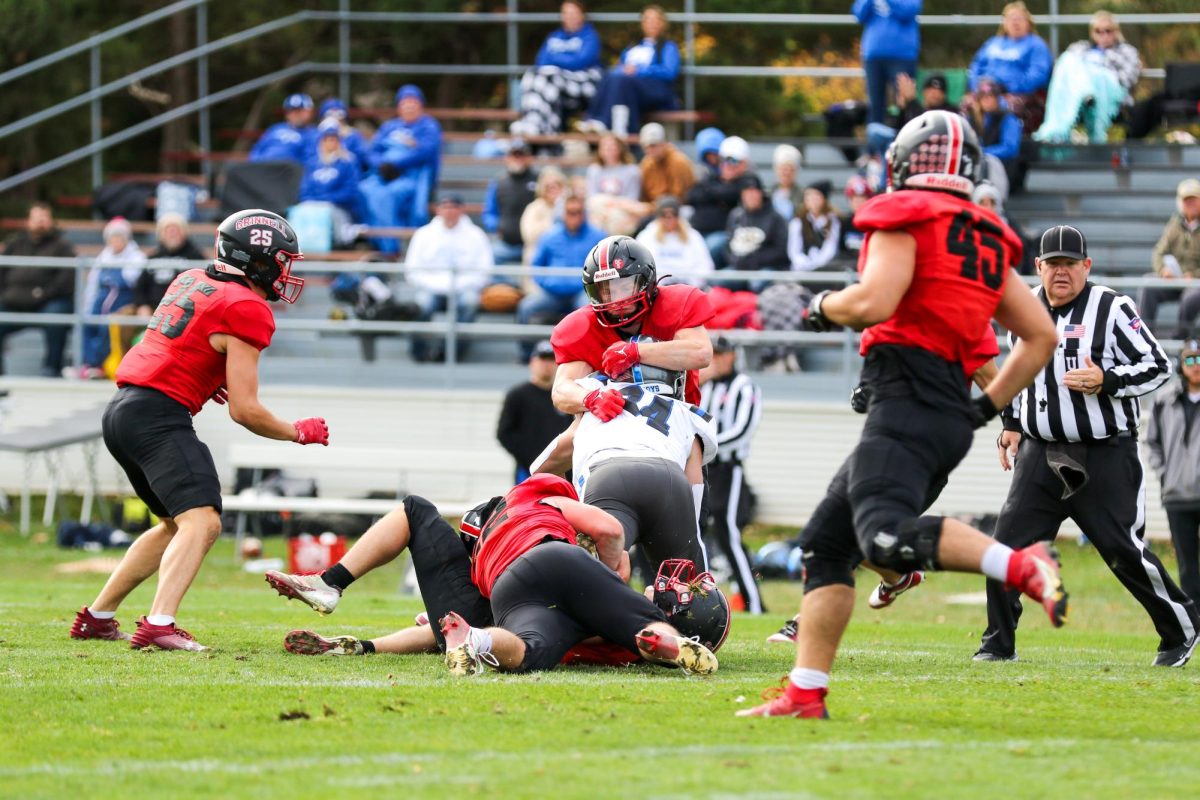
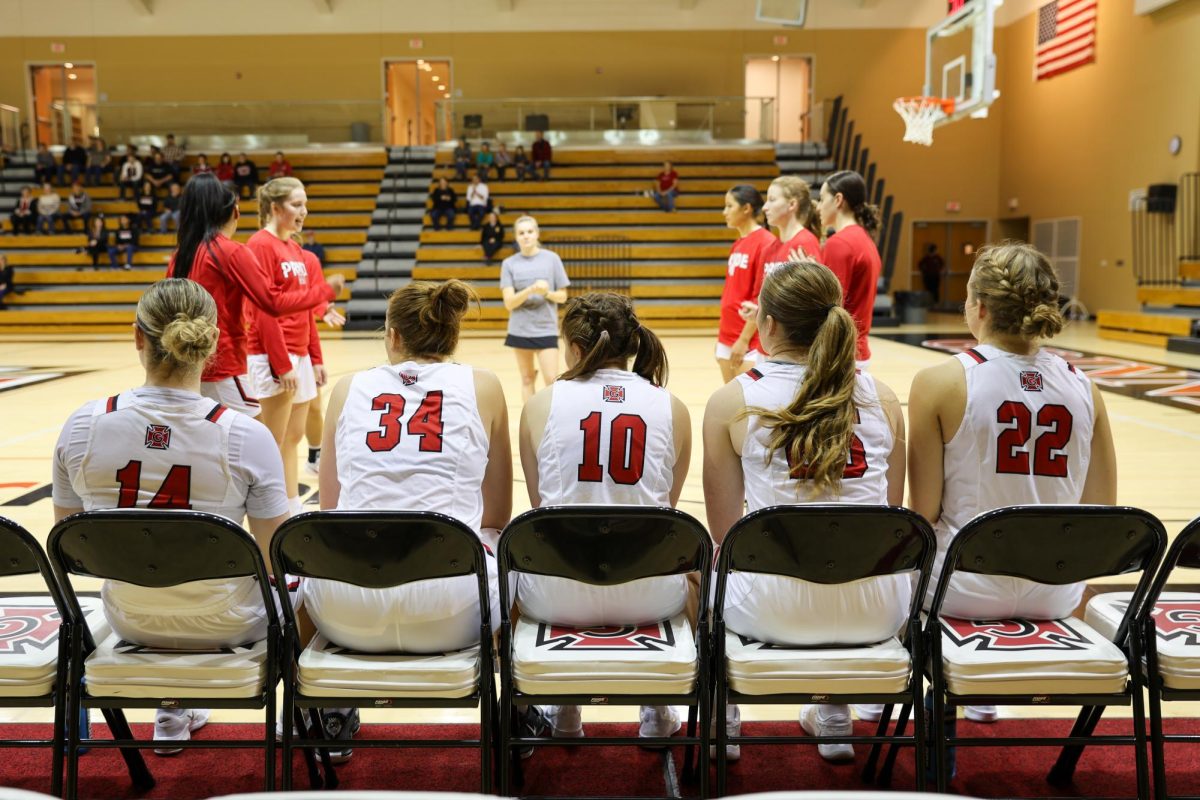

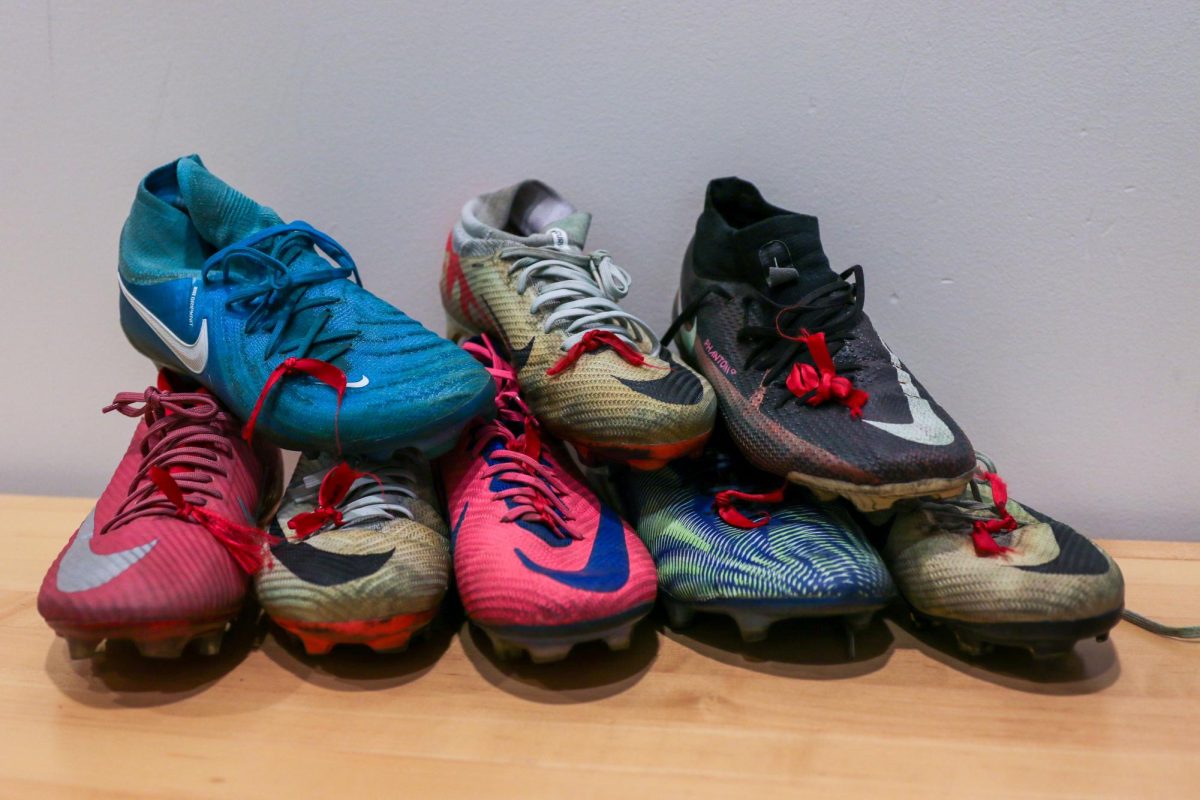

















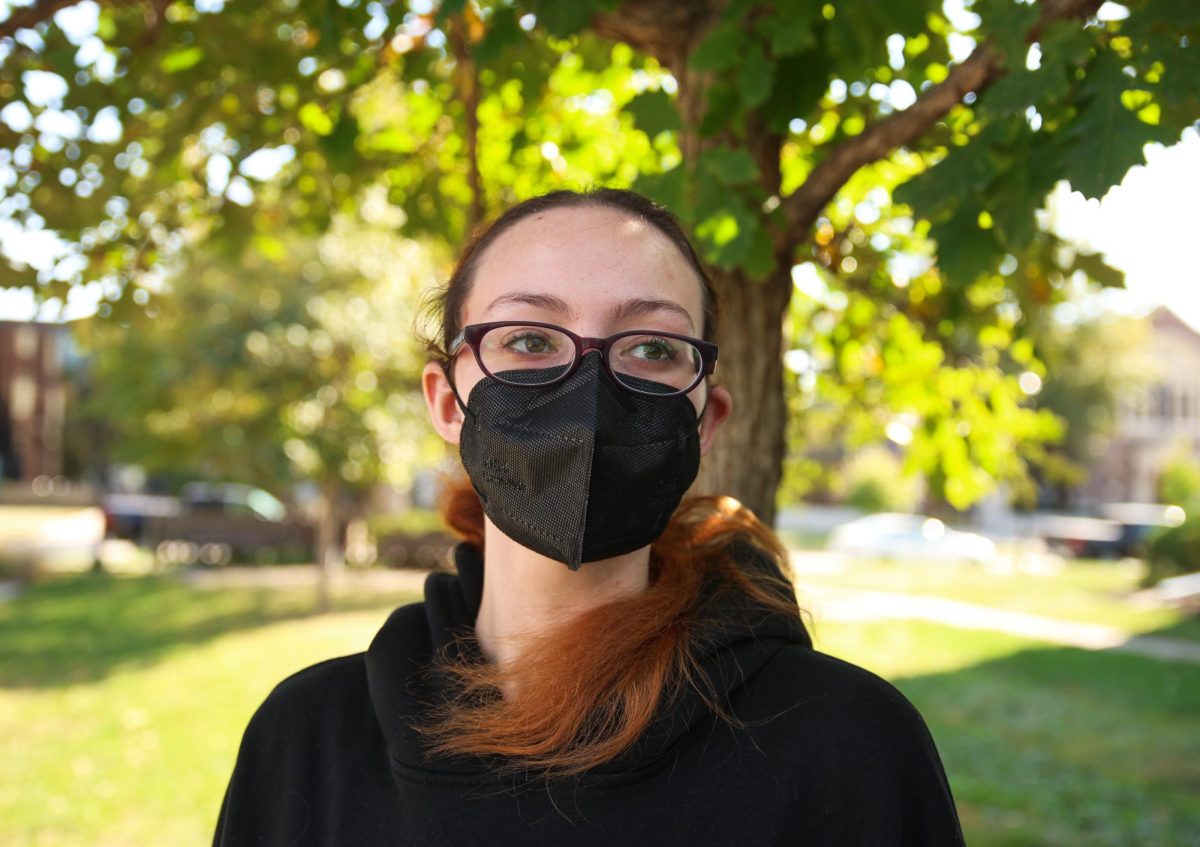






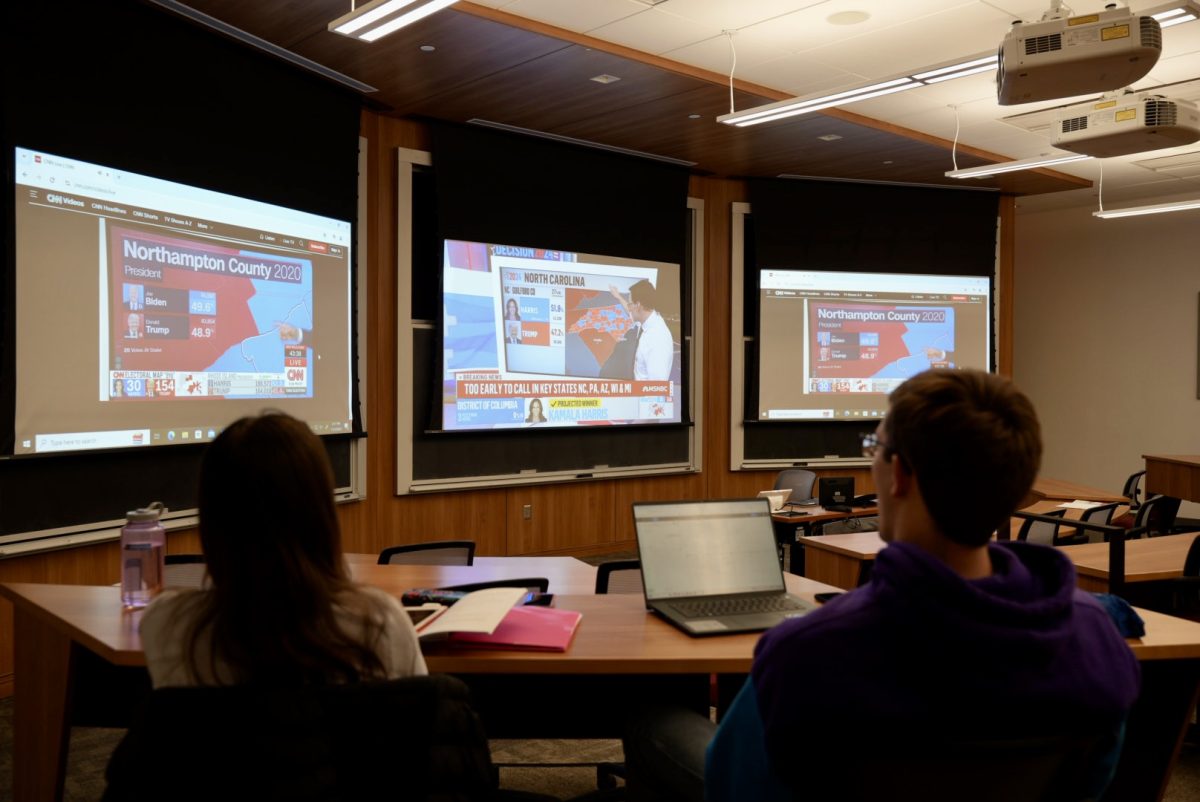


Raghav Malik • Sep 25, 2010 at 10:28 pm
I think the print release is a really good idea, since the majority of wasted paper comes from people printing to a printer that isn’t close by and then forgetting to go pick it up later.
This way, the job doesn’t release till you actually go up to the printer and say “yes, print this please.”